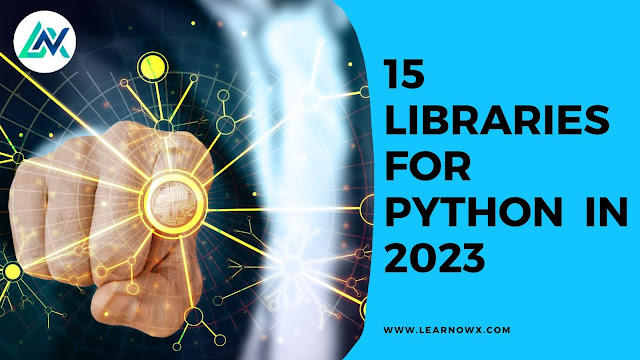Is Python a Good Language for People New to Programming?
Whether you are nurturing ambitions of becoming a developer, harboring an enthusiasm for data, or seeking to elevate your skill arsenal, rest assured that this comprehensive guide is tailored to your needs. Getting Started with Python 1. Setting Up Your Environment Before you dive in, ensure you have Python installed on your system. You can download it from the official Python website. Consider using virtual environments to manage your projects and dependencies efficiently. 2. Mastering the Basics Begin with the fundamentals: variables, data types, and basic operations. As you progress, grasp control structures (if statements, loops) and functions. Practice is key—work on small coding exercises to solidify your understanding. 3. Exploring Advanced Concepts Once you're comfortable with the basics, venture into more advanced areas. Object-oriented programming, file handling, and exception handling are crucial skills. Additionally, acquaint yourself with libraries like Matplotlib for ...


